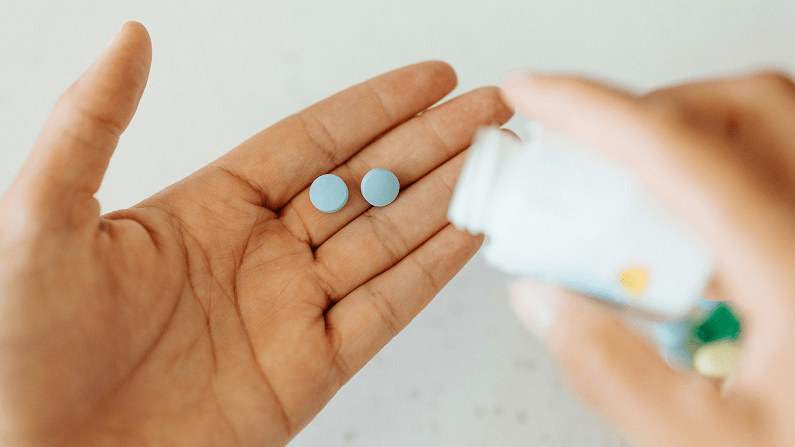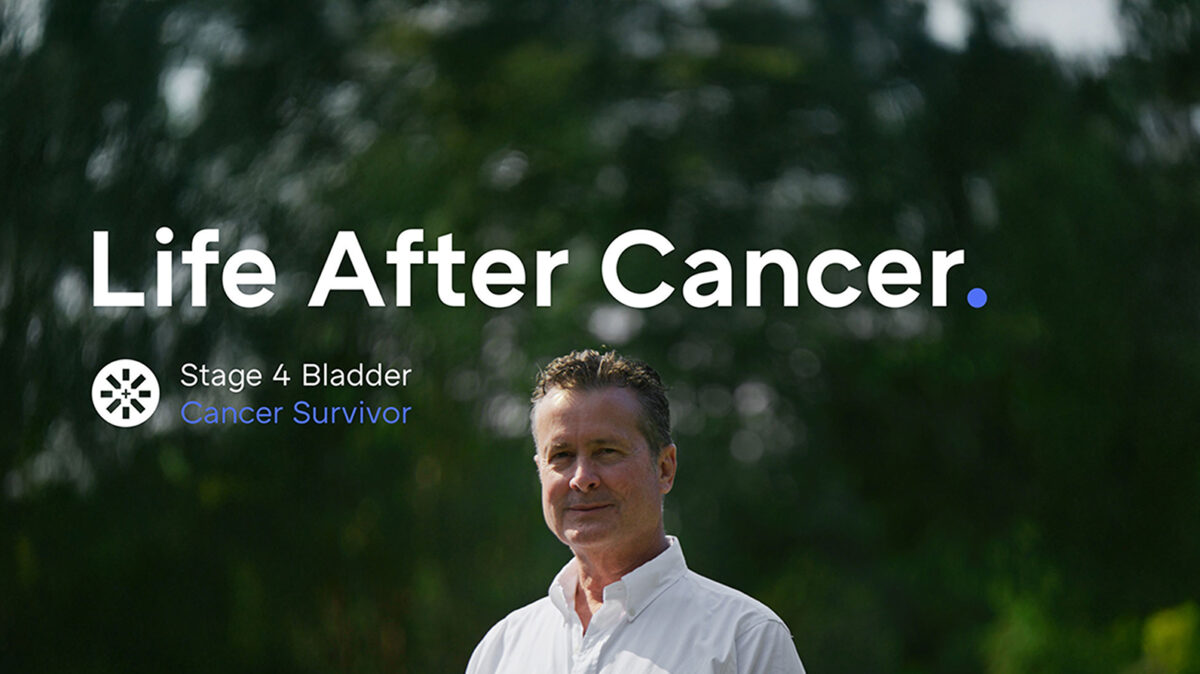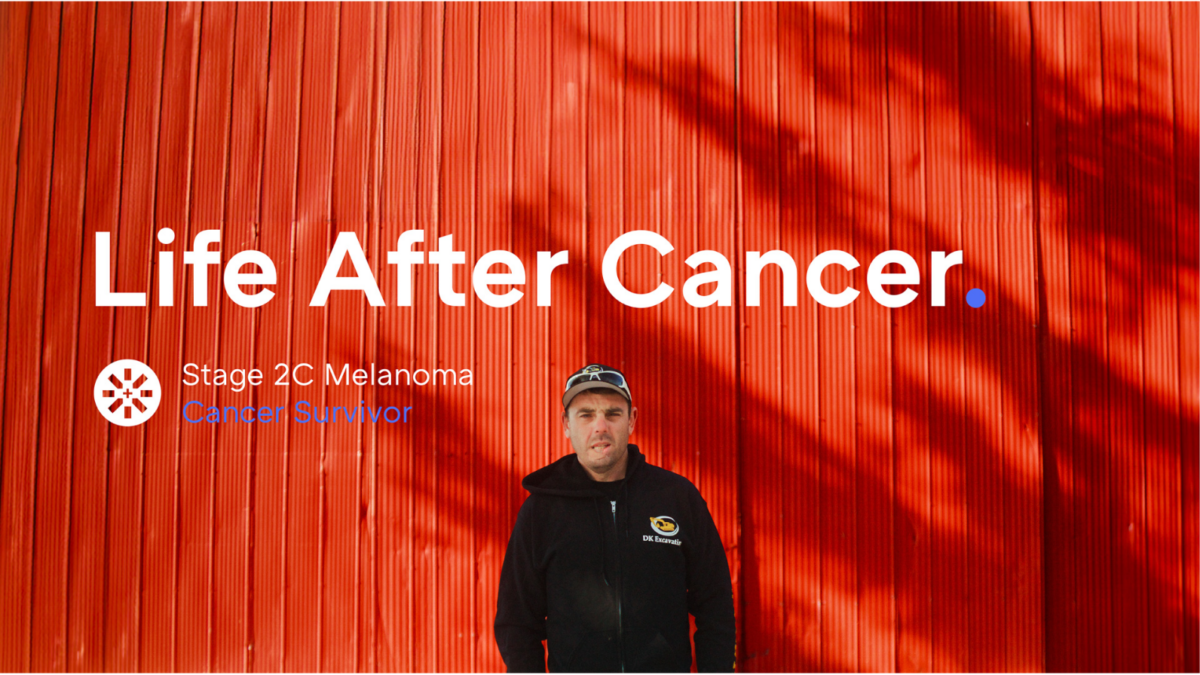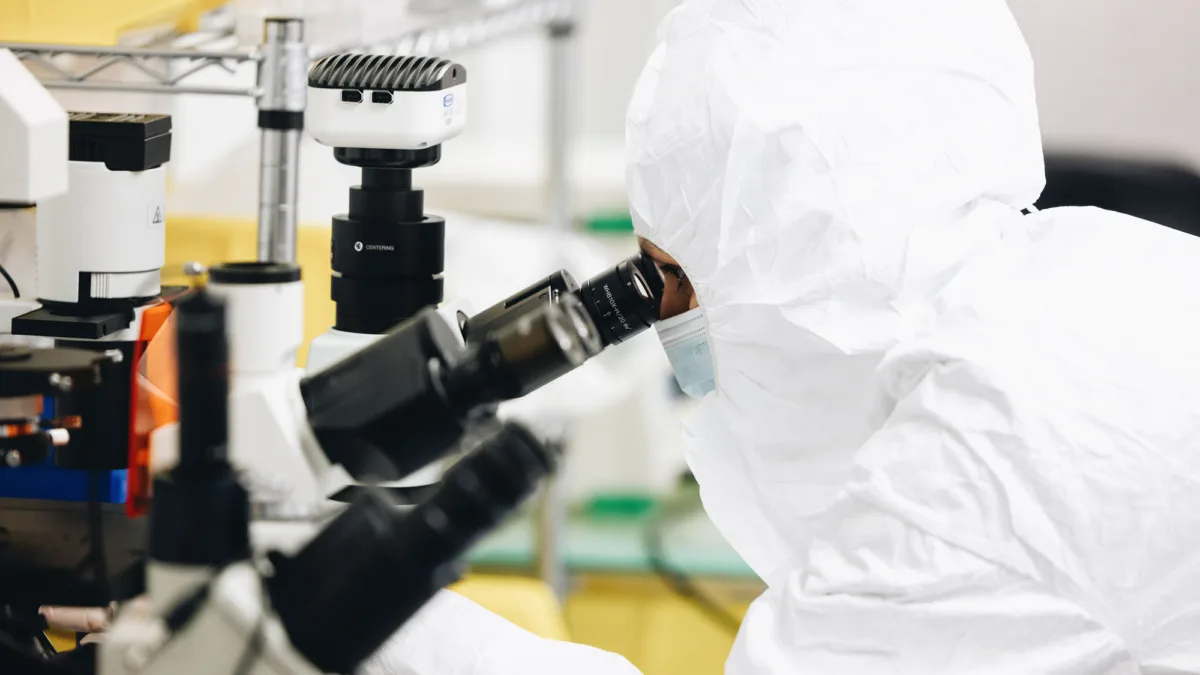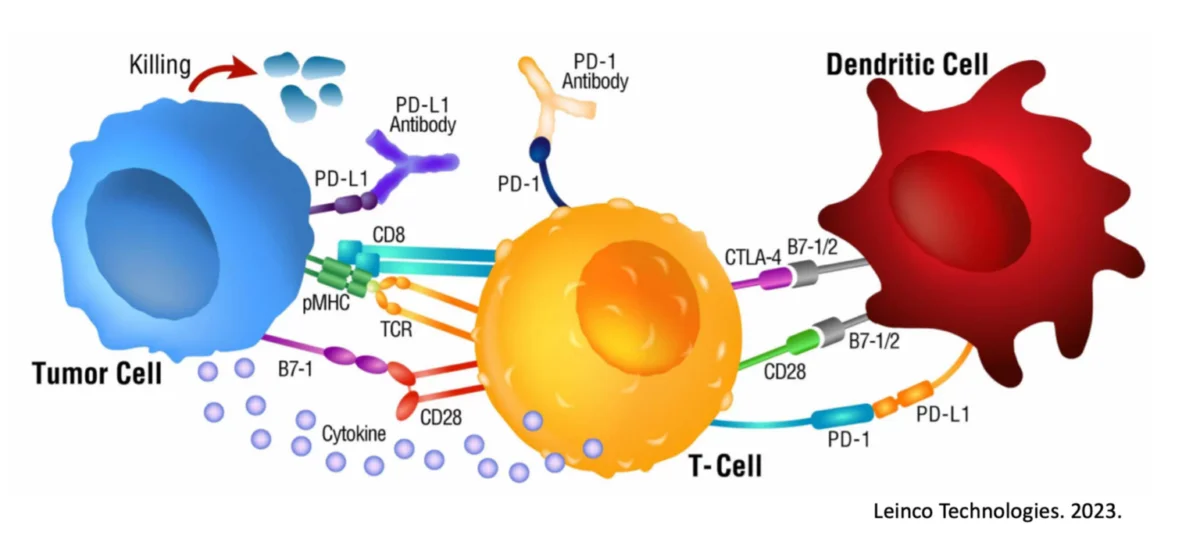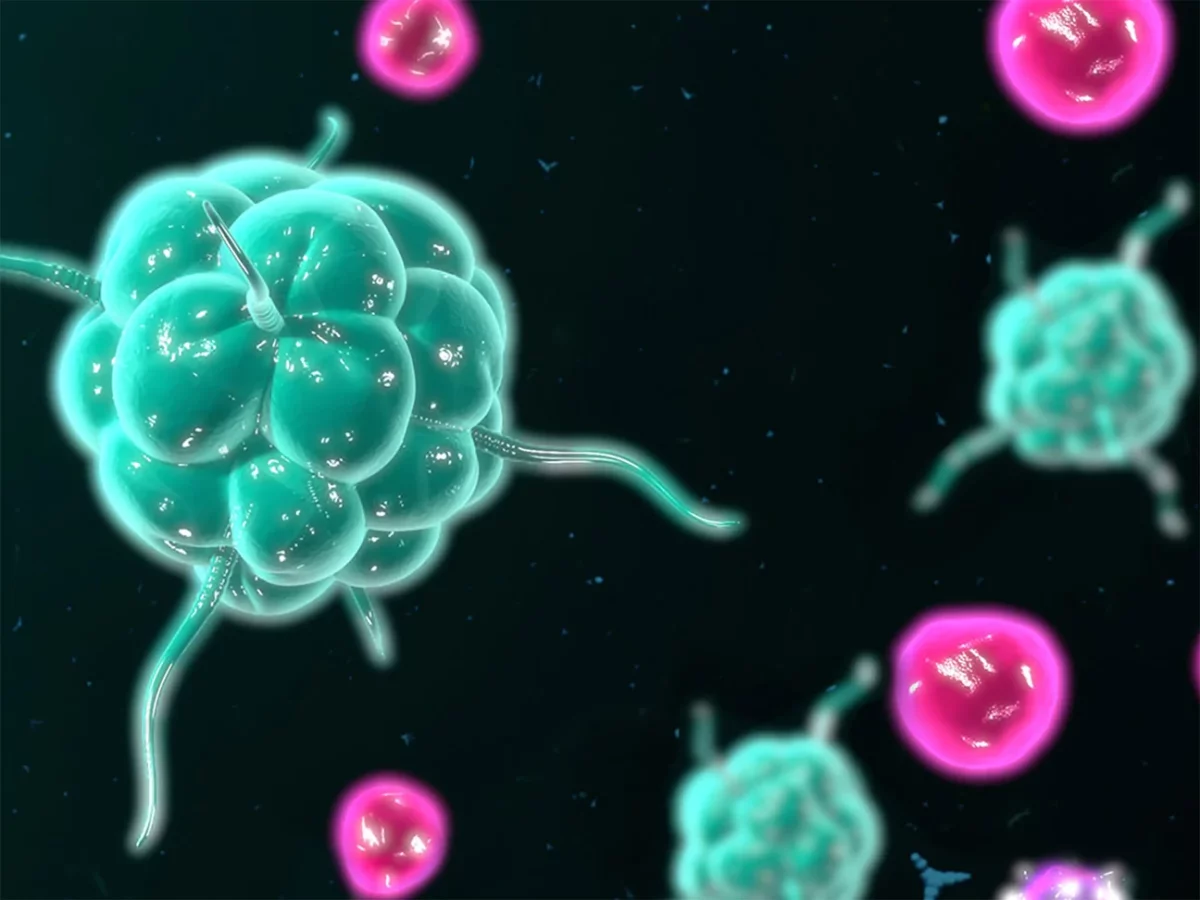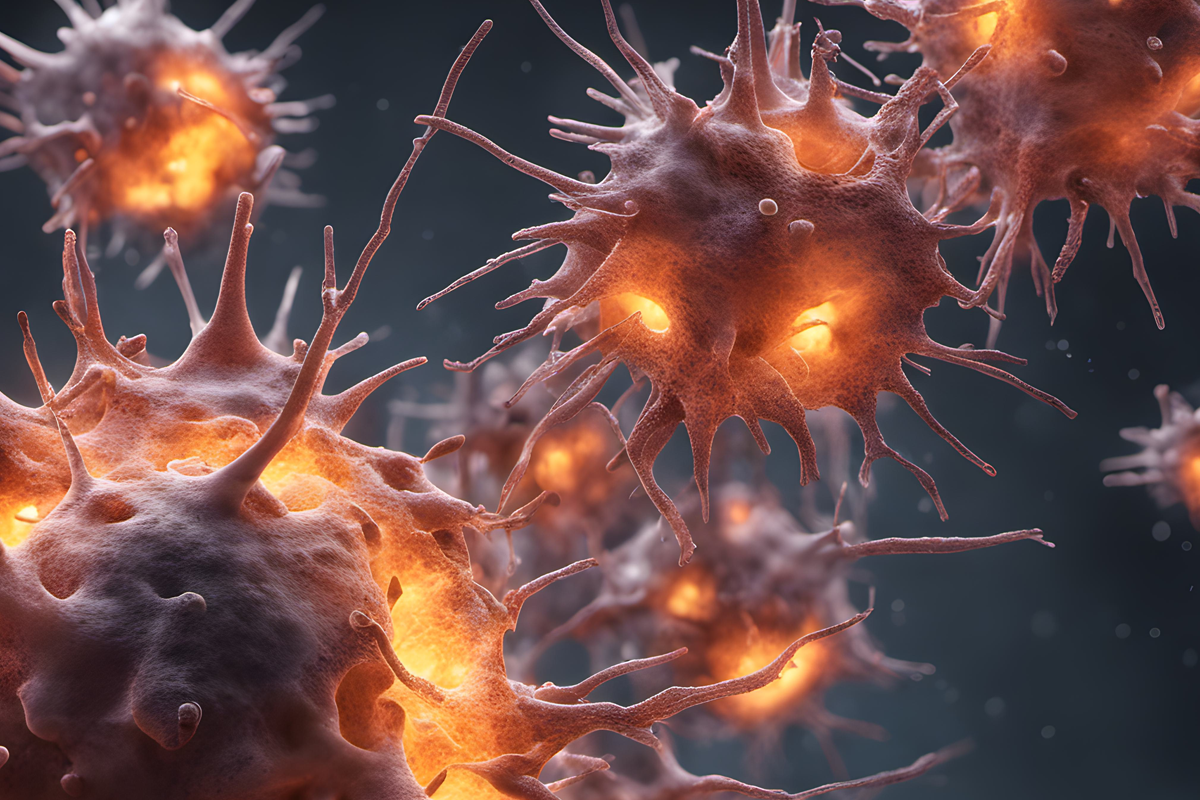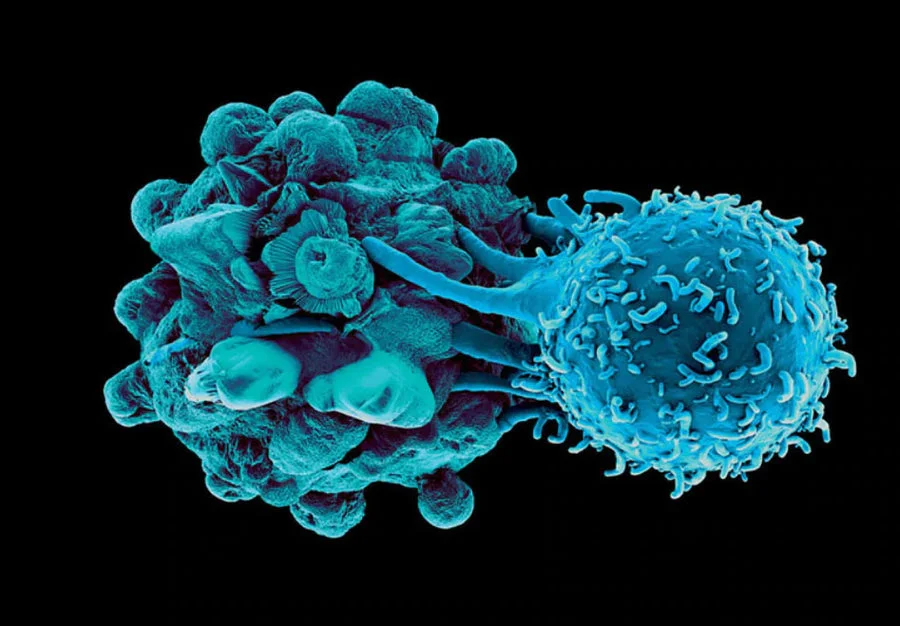Comparing Chemotherapy and Immunotherapy: A Comprehensive Overview
Understanding Treatment Options for Aggressive Cancers

Introduction
Cancer treatment has evolved significantly over the past few decades, offering patients a variety of therapeutic options. Among these, chemotherapy and immunotherapy have emerged as two prominent approaches. Each method has unique advantages and disadvantages, and understanding these can help patients and healthcare providers make informed decisions.
In this blog post, we will also explore the advantages and disadvantages of chemotherapy and immunotherapies. We will also cover the specific advantages and disadvantages of cutting-edge cell therapies like Immunocine’s Dendritic Cell Treatment.
Chemotherapy: Traditional Powerhouse with Notable Drawbacks
Chemotherapy has been a cornerstone of cancer treatment for many years. The underlying principle of chemotherapy is its ability to target and destroy cells that divide quickly, a hallmark of most cancer cells1.
While chemotherapy does affect healthy cells, particularly those that also have a fast turnover rate such as hair follicles and cells in the digestive tract, cancer cells are more susceptible because they are dividing uncontrollably. This rapid division not only makes them more vulnerable to the cytotoxic effects of chemotherapy but also means they uptake the chemotherapy drugs faster than normal cells, thereby allowing these drugs to kill cancer cells more effectively than healthy cells2.
Advantages of Chemotherapy
- Wide Applicability: Chemotherapy is effective against a broad range of cancers, including both solid tumors and blood cancers.
- Systemic Treatment: Chemotherapy circulates throughout the body, targeting cancer cells that may have spread to distant organs.
- Fast Acting: Chemotherapy will immediately start attacking cancer cells once treatment has started.
Disadvantages of Chemotherapy
- Severe Side Effects: Chemotherapy often affects healthy cells as well, leading to side effects like nausea, hair loss, fatigue, and increased susceptibility to infections.
- Resistance Development: Over time, some cancer cells may develop resistance to chemotherapy drugs, rendering them less effective3, 4.
- Quality of Life: The aggressive nature of chemotherapy can significantly impact a patient’s quality of life especially over long treatment courses.
Immunotherapy: Harnessing the Power of the Immune System
Immunotherapy is a newer approach that leverages the body’s immune system to fight cancer. It aims to enhance the natural ability of immune cells to recognize and attack cancer cells. Interestingly, the concept of leveraging the immune system to combat cancer can be traced back to the late 19th century, when Dr. William Coley injected bacterial toxins into cancer patients, leading to some unexpected tumor regressions. This pioneering work laid the foundation for modern immunotherapy5.
Modern approaches to immunotherapy started with the first checkpoint inhibitor, ipilimumab, which was approved by the FDA in 20116, 7. Ipilimumab targets CTLA-4, a protein receptor that downregulates the immune system. By inhibiting this protein receptor and others like PD-1, checkpoint inhibitors allow T-cells to recognize and attack cancer cells more effectively8. While checkpoint inhibitors have proven effective in treating various cancers, their single-target approach has left room for improvement as many patients do not respond to these treatments or ultimately develop resistance9.
In recent years, cell therapy has taken immunotherapy to the next level. By using a patient’s own cells to manufacture a treatment, cell therapies offer personalized treatments that further leverage the immune system’s innate ability to fight cancer. Let’s focus specifically on the advantages and disadvantages of Immunocine’s Dendritic Cell Treatment.
Advantages of Immunocine’s Dendritic Cell Treatment
- Targeted Action: Immunocine’s Dendritic Cell Treatment specifically targets patient’s cancer cells, allowing rapid response and limited-to-no-off target effects10.
- Durable Response: This treatment can lead to long-lasting remissions, as it helps the immune system develop immunological memory and continue to fight cancer cells11.
- Personalized Treatment: Immunocine’s personalized treatment allows specific targeting of a patient’s own cancer cells, eliminating a lot of problems that come with a 1-size-fits-all approach12.
- Broad but Specific Targeting: The Immunocine approach uniquely utilizes the cancer’s entire antigenic profile, making it much more difficult for cancer cells to go undetected13.
- Combination Potential: Immunocine’s treatment is unique in that it generates a completely natural immune response without artificial stimulation and largely does not inhibit combination therapy with other cancer treatments14.
Immunocine Disadvantages
- Treatment Duration: The Immunocine Treatment spans six weeks in total, making it more challenging to treat very aggressive, late-stage cancers as a single therapy.
- “Side Effects”: The treatment with Immunocine triggers a natural immune response, causing many patients to experience mild fevers, fatigue, and nausea during the initial weeks15.
- Personalized Treatment: The personalized nature of Immunocine’s treatment means that it cannot be mass produced, leading to increased cost and manufacturing time16.
- Not Covered by Insurance: Immunocine’s treatment is not covered by insurance and tends to be more costly at first compared to other standard of care treatments. However, the long-term costs of insured care may be higher eventually.
Comparing Treatment Options
When comparing chemotherapy and immunotherapy, it’s important to understand their different approaches to treating cancer:
- Chemotherapy works by destroying cancer cells, but it also affects normal cells in the process. This leads to many of the erroneous side effects associated with chemotherapy.
- Immunotherapy, on the other hand, focuses on empowering the body’s immune system, essentially attacking cancer cells more selectively. This approach often results in fewer side effects compared to chemotherapy.
- Early immunotherapies while beneficial, leave a lot of opportunity for improvement due to their single targeted approach that can leave cancer cells undetected.
- New cell therapy approaches personalized to a patient’s treatment provide improvements over older immunotherapies, but also prohibit mass production.
- Aggressive, late-stage cancers may benefit from a combined approach that allows chemotherapy to slow cancer growth, creating more time for the immunotherapy to ramp up its response.
Is Combining an Option?
Before leaving this subject, it is important to at least recognize the possibility of doing both, either in parallel or at different times. If a chemotherapeutic agent is not aggressively immunosuppressive and/or administered at a relatively low dose, it is possible to combine efforts and achieve a synergistic and powerful response. After all, if the cancer suddenly has to deal with both an inhibitor of its growth and a simultaneous immune attack, it can be overwhelmed17.
If this is not truly achievable, there can likewise be a benefit to linearly following one treatment option after the other. Whether or not it is best to get your immune system engaged first before following up with a ‘tumor-inhibitor,’ or to reduce tumor burden with a cytotoxic agent before empowering the immune system to clean it up will be dependent on several personal variables, including baseline tumor burden, progression rate, stability of the patient, and type of cancer. It is best to discuss with your oncological team the pros and cons of the pathways forward. Regardless, a combinatorial approach providing the ‘1-2 punch’ of cytotoxicity at the site of the cancer along with the specificity and power of the immune system can be a highly advantageous route to go in certain circumstances18.
References
1. Sun, Y., Liu, Y., Ma, X. & Hu, H. The Influence of Cell Cycle Regulation on Chemotherapy. Int J Mol Sci 22 (2021).
2. Tilsed, C.M., Fisher, S.A., Nowak, A.K., Lake, R.A. & Lesterhuis, W.J. Cancer chemotherapy: insights into cellular and tumor microenvironmental mechanisms of action. Front Oncol 12, 960317 (2022).
3. Mansoori, B., Mohammadi, A., Davudian, S., Shirjang, S. & Baradaran, B. The Different Mechanisms of Cancer Drug Resistance: A Brief Review. Adv Pharm Bull 7, 339-348 (2017).
4. Lei, Z.N. et al. Understanding and targeting resistance mechanisms in cancer. MedComm (2020) 4, e265 (2023).
5. McCarthy, E.F. The toxins of William B. Coley and the treatment of bone and soft-tissue sarcomas. Iowa Orthop J 26, 154-158 (2006).
6. Hodi, F.S. et al. Improved survival with ipilimumab in patients with metastatic melanoma. N Engl J Med 363, 711-723 (2010).
7. Mansh, M. Ipilimumab and cancer immunotherapy: a new hope for advanced stage melanoma. Yale J Biol Med 84, 381-389 (2011).
8. Iranzo, P. et al. Overview of Checkpoint Inhibitors Mechanism of Action: Role of Immune-Related Adverse Events and Their Treatment on Progression of Underlying Cancer. Front Med (Lausanne) 9, 875974 (2022).
9. Haslam, A. & Prasad, V. Estimation of the Percentage of US Patients With Cancer Who Are Eligible for and Respond to Checkpoint Inhibitor Immunotherapy Drugs. JAMA Netw Open 2, e192535 (2019).
10. Granato, A.M. et al. Dendritic cell vaccines as cancer treatment: focus on 13 years of manufacturing and quality control experience in advanced therapy medicinal products. Cytotherapy (2024).
11. Han, J. et al. Resident and circulating memory T cells persist for years in melanoma patients with durable responses to immunotherapy. Nat Cancer 2, 300-311 (2021).
12. Kiyotani, K., Toyoshima, Y. & Nakamura, Y. Personalized immunotherapy in cancer precision medicine. Cancer Biol Med 18, 955-965 (2021).
13. Perez, C.R. & De Palma, M. Engineering dendritic cell vaccines to improve cancer immunotherapy. Nat Commun 10, 5408 (2019).
14. Nava, S., Lisini, D., Frigerio, S. & Bersano, A. Dendritic Cells and Cancer Immunotherapy: The Adjuvant Effect. Int J Mol Sci 22 (2021).
15. Schneider, B.J. et al. Management of Immune-Related Adverse Events in Patients Treated With Immune Checkpoint Inhibitor Therapy: ASCO Guideline Update. J Clin Oncol 39, 4073-4126 (2021).
16. Goetz, L.H. & Schork, N.J. Personalized medicine: motivation, challenges, and progress. Fertil Steril 109, 952-963 (2018).
17. Sordo-Bahamonde, C. et al. Chemo-Immunotherapy: A New Trend in Cancer Treatment. Cancers (Basel) 15 (2023).
18. Zhu, S. et al. Combination strategies to maximize the benefits of cancer immunotherapy. J Hematol Oncol 14, 156 (2021).
READ THIS NEXT
Metformin + Losartan: Everyday Medicines That May Help “Warm Up” Cold Tumors for Immunotherapy
Many solid tumors are “cold”—fibrotic, poorly perfused, and hard for T cells to enter—so even breakthrough immunotherapies can stall
Read MoreThe Checkpoint Inhibitor Revolution: Why the First Trials Changed Everything
In March 2011, the FDA approved a drug that would fundamentally change our understanding of cancer treatment forever. Ipilimumab (Yervoy), t
Read MoreOn Air with Immunocine: Matt Halpert Joins Heal Navigator to Discuss How the IDCT is Changing Lives Today
https://www.youtube.com/watch?v=SnFprB1I_K8&list=PLCaoz22dM92-Co9qqZESVpw-GNUdB0MV9 Listen to this Episode on Apple Podcasts Listen to
Read More
